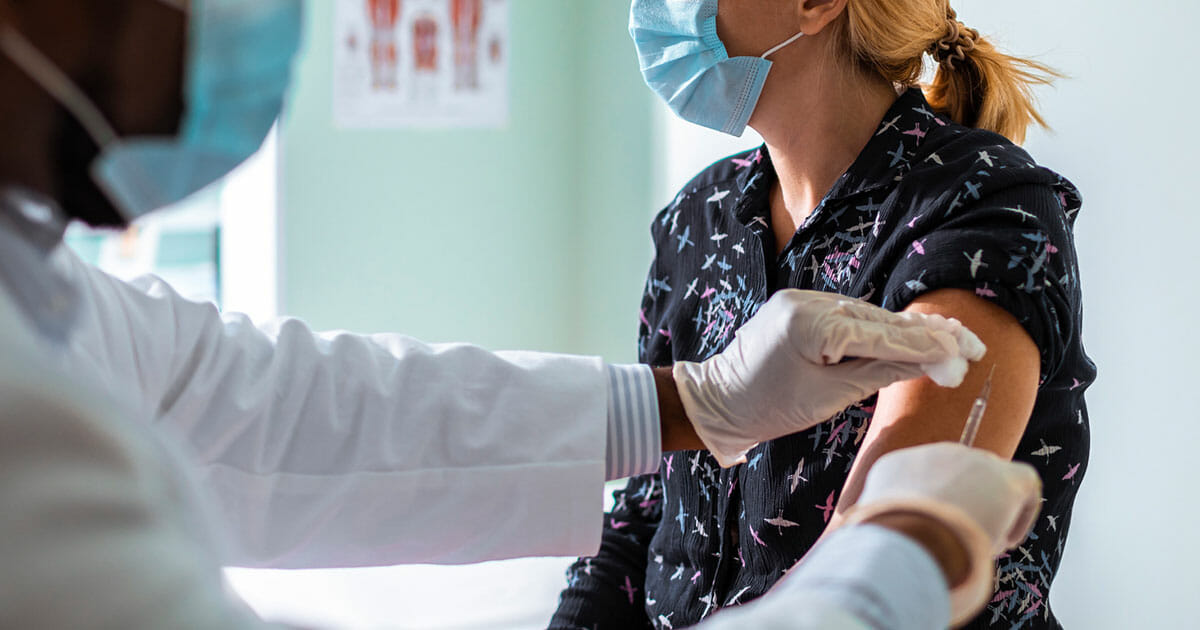COVID-19, Resources
Preparing for COVID-19 and the Flu

As our nation’s wellbeing and economic success is intertwined with the ongoing public health challenge, state leaders have a pivotal role to play in crafting solutions that meet all people’s needs.
As state leaders continue implementing and refining COVID mitigation strategies, they must also develop plans to combat this fall’s flu season.
Although states have vast experience preparing for this annual event, the confluence of COVID-19 and the flu in the coming months require state policymakers to proceed with an abundance of caution.
Recommendations
- Communicate Clearly
- Prepare for Increased Health Demand
- Address the Needs of People Who Are High Risk
- Develop Plans to Increase Influenza Vaccination Rates
Communicate Clearly
State leaders need to be clear in their communications about why protective measures, such as mask requirements and closures are necessary to keep people safe from the flu and COVID-19.
States can play a vital role in providing people with clarity about what to do if they are infected with either the flu or COVID-19, as they have similar symptoms. This includes speaking to their health care providers, knowing where and whether to get tested for COVID, staying home and physically distant from others, continuing to wear masks, and washing hands/practicing good hygiene.
Prepare for Increased Health Demand
States need to have contingency plans in place so that health care system resources can be efficiently allocated.
States must also develop plans now to improve the PPE supply chain in time for flu season.
States should work collaboratively with health care stakeholders to develop surge capacity plans and other solutions.
Address the Needs of People Who Are High Risk
States will need to continually rely on the latest COVID-19 metrics and data on the flu’s trajectory especially for high-risk populations so additional measures can be taken.
States can construct target responses now taking advantage of the pandemic’s early lessons, particularly as populations most-at-risk of COVID-19, and the flu is the same.
States must address the alarming racial disparities experienced by communities of color during COVID-19 and — historically — the flu.
Additionally, because rural communities historically have a significantly higher death rate from the flu compared to large metro areas, states need to develop plans to allocate resources to those communities as these two events converge.
Develop Plans to Increase Influenza Vaccination Rates
Getting flu shots will be more important than ever this fall. Clear communications are also vital due to people’s ongoing concerns about receiving medical care during the pandemic. States will need to develop plans to distribute flu shots in safe-settings, including at home for vulnerable populations.
In a typical flu season, less than 50% of people get vaccinated and the rate is even lower among communities of color. Increasing this rate is essential to minimizing the strain on our health care system.
Public officials in our states have a critical role to play educating the public to get flu shots to protect themselves and others.
States should also leverage real-time data on those vaccinated and target low vaccination areas accordingly.
States can also leverage their experiences to eventually provide COVID-19 vaccinations to large numbers of people.